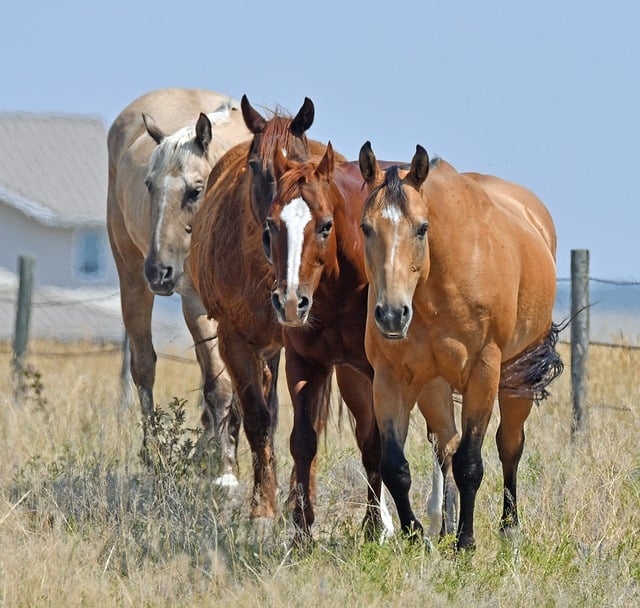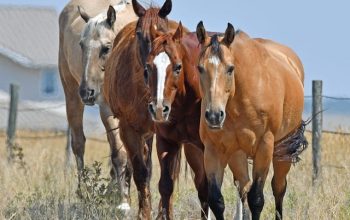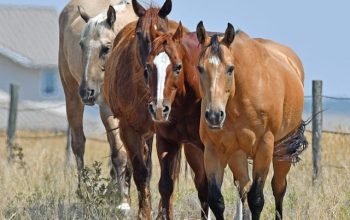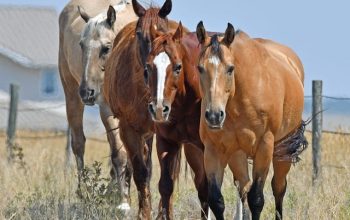Cattle fence design in Ontario should consider climate, landscape, and animal behavior, using durable materials like high-quality wire or wood. For open fields, high-tension wire fences are effective; post-and-rail fences blend with varied terrain. In harsh winters, opt for low-maintenance steel or aluminum. Regular maintenance, proper drainage, and pressure-treated wood extend fence life. Installation must comply with legal regulations and safety standards, including permit requirements and specific height/spacing guidelines.
Fencing your farm is a crucial investment, especially when raising cattle in Ontario. This comprehensive guide provides essential tips for installing durable cattle fences tailored to the unique behaviour and needs of these livestock. From understanding local regulations to selecting the right fence type—whether it’s wood, vinyl, or electric—we cover everything you need to know. Learn about installation best practices and maintenance routines to ensure your fence stands strong against Ontario’s varying climates and curious cows.
Understanding Cattle Behavior and Their Fencing Needs in Ontario
Cattle are social animals with specific behaviors and needs, which should be considered when designing a fencing system in Ontario. Understanding their behavior can help farmers create effective and efficient fence solutions for their farms. In Ontario’s diverse climate, cattle may require more robust fences to withstand harsh winters and heavy rainfall.
When it comes to fencing, the goal is to provide a secure yet functional environment that meets both the cattle’s needs and the farmer’s expectations. A well-designed fence should contain the animals, prevent escape, and allow for easy movement and access for management purposes. Farmers in Ontario should opt for durable materials like high-quality wire or wood that can withstand the elements and the potential challenges posed by the local wildlife and terrain.
Choosing the Right Fence Type for Your Farm in Ontario
When considering a fence for your farm in Ontario, the first step is understanding your specific needs and preferences. Different landscapes call for unique fencing solutions. For instance, if your farm has vast open fields, a robust and durable high-tension wire fence might be ideal, offering both strength and cost-effectiveness. Conversely, if you’re dealing with a more varied terrain, including trees and hedges, a post-and-rail fence could provide better visibility and control while blending in with the natural surroundings.
In Ontario, climate plays a significant role in your choice. Look for materials that can withstand harsh winters and frequent rainfall. Wooden fences require regular maintenance but offer a classic aesthetic. Steel or aluminum options are low-maintenance alternatives, suitable for areas prone to extreme weather conditions. Consider the local wildlife too; electric fences can be an effective deterrent for certain animals, ensuring your cattle stay put while allowing for adequate airflow and visibility.
Installation and Maintenance Tips for Durable Cattle Fences
When installing a cattle fence in Ontario, it’s crucial to ensure durability and longevity. Start by choosing high-quality materials suitable for the local climate and soil conditions. Post-installation, regular maintenance is key. Inspect your fence frequently for any signs of damage or wear and promptly repair or replace faulty sections. Keep the fencing structure tight and secure to prevent cattle from escaping. Regular cleaning and painting can also extend the life of your fence, protecting it from rust and corrosion common in Ontario’s humid summers.
Maintenance involves keeping the fence line clear of brush and trees that may encroach and weaken the structure over time. Remove any loose or broken boards immediately and replace them as needed. Consider using a pressure-treated wood for longer-lasting protection against rot and insect damage. Additionally, ensure proper drainage around the fence to prevent water accumulation, which can weaken wooden posts and rails. Regular upkeep will contribute to an efficient and effective cattle fence that protects your farm in Ontario.
Legal and Safety Considerations for Cattle Fencing in Ontario
When installing a cattle fence in Ontario, it’s crucial to understand and adhere to both legal requirements and safety standards. The province has specific regulations regarding fencing, especially when it comes to farm animals like cattle. One important consideration is obtaining the necessary permits for construction, as some areas may have restrictions on fence placement and materials used. This not only ensures compliance but also avoids potential legal issues and fines.
Additionally, safety should be a top priority. Properly designed fences must adequately contain livestock while preventing injuries to both animals and people. Ontario’s guidelines often include specifications for fence height, posts, wire spacing, and gate construction to maintain the well-being of cattle and farm visitors. Always consult local authorities or agricultural experts in Ontario for detailed regulations regarding farm fencing to create a secure and legal enclosure for your cattle.
When considering cattle fencing in Ontario, understanding local regulations, selecting appropriate materials, and implementing effective maintenance routines are key to ensuring a secure and durable barrier. By keeping Ontario’s agricultural landscape safe and productive, the right fence for your farm can be a valuable investment that benefits both your livestock and your bottom line. For all things related to fence for farms ON, these essential tips serve as a robust starting point.




